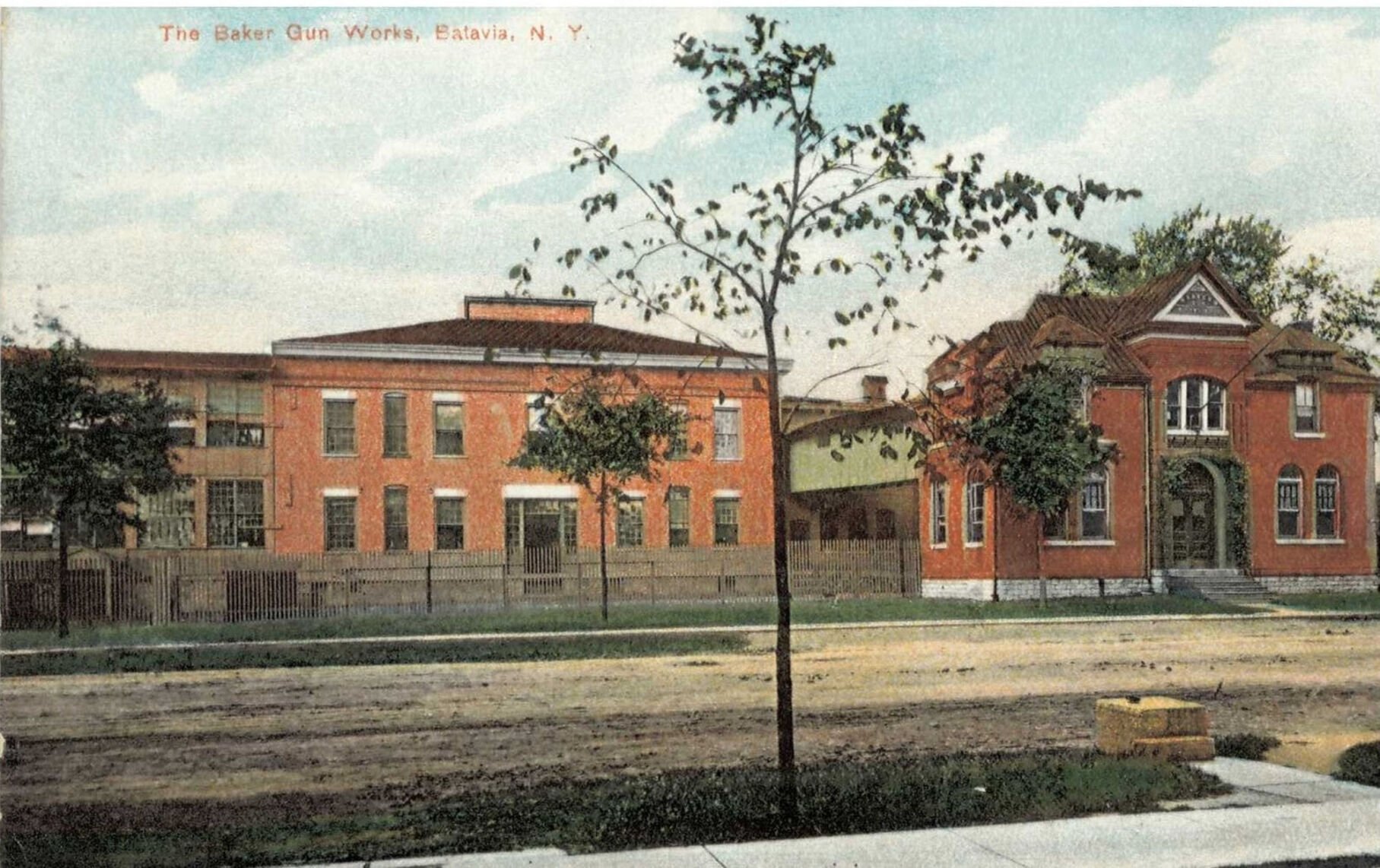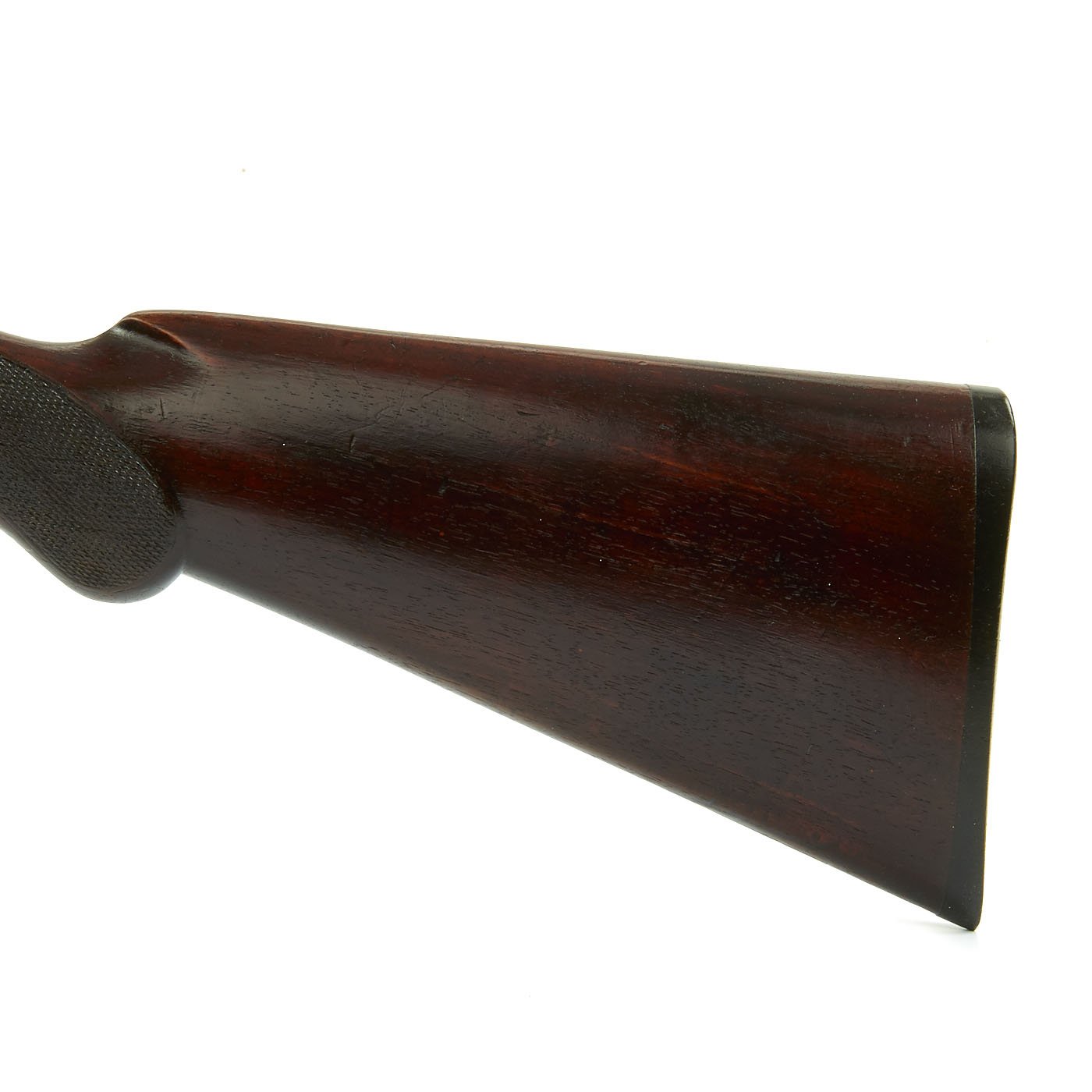

Deeley catch: This has three components: the catch case, the catch itself and a spring forcing the catch back into place. The loop: This section of the gun is attached to the barrels and, on this model, the Deeley catch holds the fore-end and fore-end wood onto the barrels as the fore-end pivots around the knuckle of the action.ġ6. It does this by preventing the barrels from pulling off the action body breech face, as it is secured through the loop on either the Deeley catch or Anson rod, and around the action knuckle.ġ5. Fore-end (or fore-end iron): This part’s main function is to ensure the barrels are supported into the hook of the action. Ejector spring: The ejector spring, when one or both cartridges have been fired, forces the kicker into the extractors to expel the used cartridge from the barrels.ġ4. The mechanical process for this is related to the lock mechanism, as the movement of the cocking limb releases the kicker.ġ3. The kicker will only release and expel the cartridge if it has been fired. Kicker: The kicker, when released, is sprung by the ejector spring into the extractors to eject the cartridges. When the gun is opened, the cocking limb is forced down by the fore-end to the point at which the hammer, main spring, sear and trigger are back in their original positions (in bent).ġ2. Cocking limb: The cocking limb resets the chain reaction. Leaf springs are still used in most British shotguns and are seen as a sign of quality.ġ1.

On classic British shotguns a leaf spring is used as opposed to coil springs. Main spring: This applies force to the hammer. We take a look at the parts that make your shotgun tick.ġ0. This reaction consists of the trigger releasing the sear and subsequently the hammer, which allows the spring to release, which forces the hammer, via the striker, through the striker holes in the action body thus detonating the cartridge – which all takes a fraction of a second (much quicker than this explanation). Trigger: The trigger is pulled to set off the chain reaction that is the gun’s lockwork. Trigger guard: This is simply the guard for the trigger that attaches to the base of the trigger plate.ħ.
#New baker shotgun parts free#
On most over-unders it disengages the mechanism, leaving the trigger free to move but not fire.Ħ. Safety thumb piece: When in its safe position on side-by-sides, the thumb piece locks the trigger, stopping the gun firing. It is returned home by the top lever spring.ĥ. Top lever: The top lever disengages the bolt from the barrels, allowing the gun to open. Bolt: The bolt holds the barrels shut while the cartridge is shot. If the cartridge has been detonated, the extractors eject it.ģ. When the gun has not been fired, the extractor will simply pull the rim of the cartridge out of the barrel, making it simpler to remove. Extractors: Although difficult to see in the diagram, the extractors are the components that help release the cartridge from the barrels. For example, 12 pieces equals 12 bore, which is why a 20 bore is smaller.Ģ. The size denomination comes from one pound of lead divided into equal- sized balls that will fit the barrel. The barrels: Different sizes of barrel allow for different widths of cartridge, which in turn defines the gun’s gauge (ie. The parts of a side-by-side boxlock with side plates Parts of a shotgunġ.

#New baker shotgun parts how to#
How to choose the right cartridge for your shotgun.How to choose the perfect airgun pellets for your rifle.How to deal with eye dominance when shooting.



 0 kommentar(er)
0 kommentar(er)
